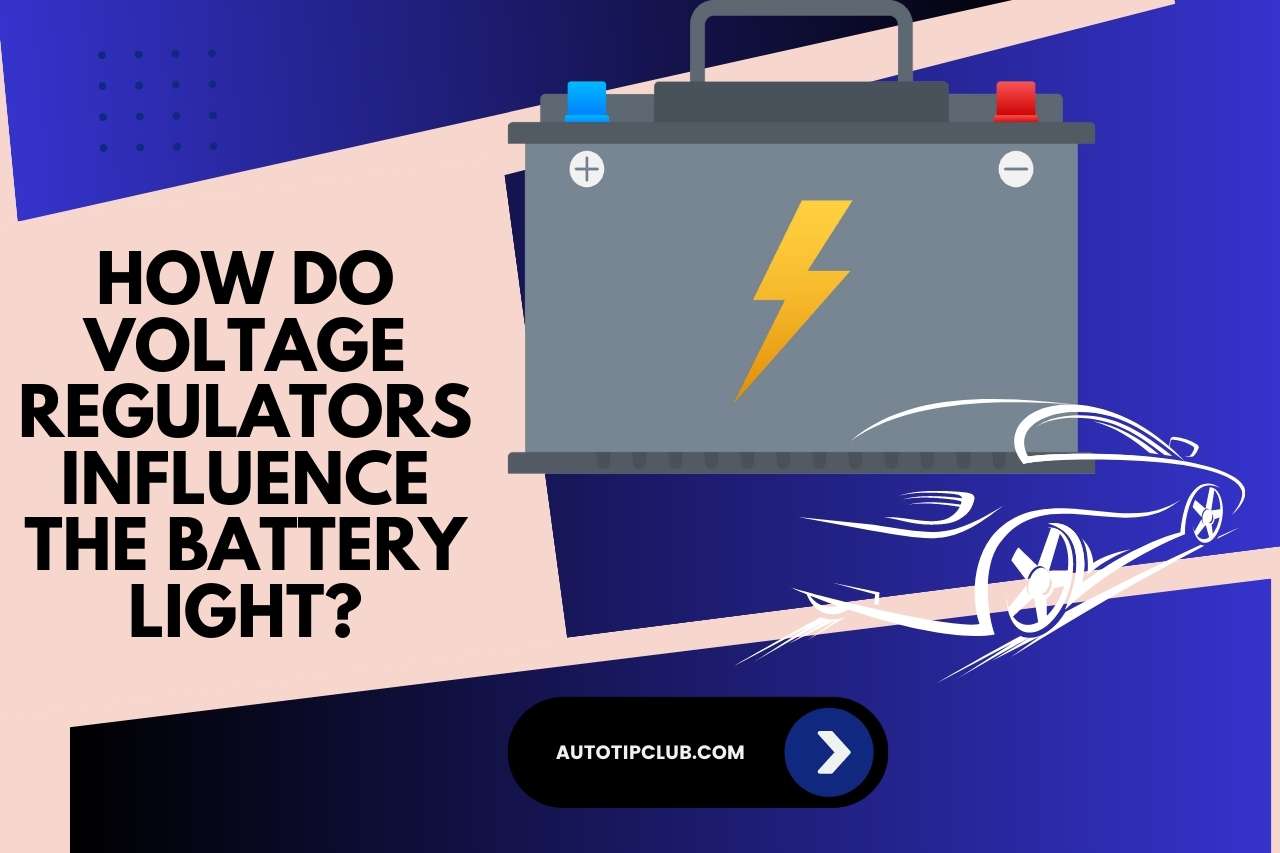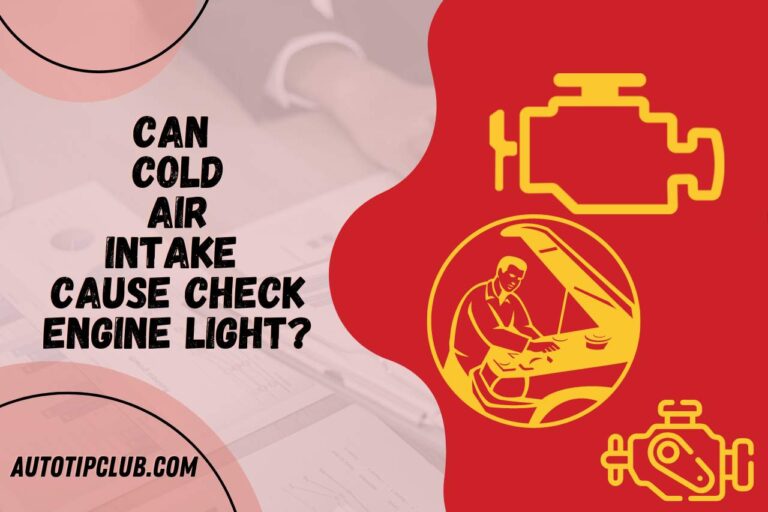The Battery Light On but Alternator is Charging: Why?
Is your battery light on but alternator is charging? You’re not alone in this puzzling situation. Modern vehicles’ electrical systems can be intricate, and such anomalies often lead to confusion. While your alternator plays a pivotal role in charging your battery, various factors like faulty sensors, wiring issues, or even a worn-out serpentine belt can illuminate that dreaded battery icon on your dashboard. Let’s delve deeper into why this might be happening, and more importantly, how to address it
What Would a Vehicle’s Dashboard’s Battery Indicator Signify?
A vehicle’s dashboard’s battery indicator would signify the status and health of the vehicle’s battery. This integral part of the dashboard provides insights into the vehicle’s electrical system, ensuring the driver stays informed about the battery’s functioning. Here’s a breakdown:
- Charge Status: The foremost role of the battery indicator is to relay the battery’s charge level. If the indicator lights up or shows a low charge, it’s a cue that there might be issues such as a malfunctioning alternator or a battery nearing the end of its life.
- Electrical System Health: Given that the battery is the hub for powering all the electronic components, from the car’s infotainment system to its headlights, the battery indicator can act as a barometer for the health of the entire electrical system. A persistently lit indicator may hint at an overtaxed system or other related problems.
- Warning Mechanism: A lit or flashing battery indicator serves as an early warning system, advising the driver to inspect the battery or related components. It’s a proactive measure to prevent potential bigger issues down the road, such as getting stranded because the car won’t start.
- Connection Status: A functional battery can still run into issues if there are problems with cable connections. A flickering or intermittently lit battery indicator can signal this.
Battery Light on but Alternator is Charging: Why? Remedies
When the battery light is on but the alternator is charging, it presents a puzzling scenario for many drivers. This indicates a possible disconnect between the battery’s status and the alternator’s operation. Here’s a breakdown of potential reasons and their remedies:
Faulty Battery Indicator Circuit
-
- Reason: Sometimes, the issue isn’t with the battery or the alternator, but with the circuit that controls the battery light. A malfunctioning circuit could fail to read the battery’s status correctly.
- Remedy: Inspect the circuit and replace any damaged components. In certain cases, a reset may also be necessary.
Old or Dying Battery
-
- Reason: Even if the alternator is charging correctly, an old battery may not hold the charge well. As batteries age, their efficiency drops.
- Remedy: Test the battery’s health using a multimeter or consult a mechanic. If the battery is beyond its lifespan, consider replacing it.
Bad Ground Connection
-
- Reason: A poor ground connection between the battery and the vehicle’s frame can cause the battery light to stay on, even when the alternator is functioning properly.
- Remedy: Check the battery’s ground cable for corrosion, damage, or loose connections. Clean or replace as necessary.
Belt Issues
-
- Reason: The alternator is driven by a belt connected to the engine. If this belt is slipping or not tensioned correctly, it might not allow the alternator to charge the battery efficiently, even if technically it’s “charging.”
- Remedy: Inspect the belt for wear and tension. Replace or adjust as needed.
Inadequate Battery Power with a Faulty Alternator
Inadequate battery power often stems from a faulty alternator. The alternator is a vehicle’s primary tool for recharging the battery, and if it malfunctions, it can lead to a series of electrical and operational issues. Understanding the dynamics of this relationship is crucial for effective vehicle maintenance. Here’s an in-depth exploration:
The Role of the Alternator
-
- The alternator acts as a generator, converting mechanical energy from the engine into electrical energy to recharge the battery. When functioning correctly, it ensures the battery remains charged and powers various electrical components.
Symptoms of a Faulty Alternator
-
- Dimming or Flickering Headlights: As the alternator weakens, it may fail to provide consistent power, causing the headlights to dim or flicker.
- Warning Light: Most vehicles have a dashboard warning light, typically shaped like a battery, which illuminates when the alternator isn’t functioning correctly.
- Dead Battery: If the vehicle’s battery dies frequently or struggles to hold a charge, it might indicate a problem with the alternator.
Impact on the Battery
-
- A compromised alternator means the battery isn’t recharged during drives. Consequently, the vehicle starts drawing power directly from the battery, draining it rapidly. This can lead to inadequate power for vehicle operations, causing poor performance or the inability to start.
Addressing the Issue
-
- Testing: Use a voltmeter to check the output of the alternator. A reading below 13 volts typically indicates an issue.
- Replacement or Repair: If faulty, the alternator may need repairs or a complete replacement. In some cases, it might be a minor issue like a loose belt or bad connection.
How do Voltage Regulators Influence the Battery Light?
Voltage regulators significantly influence the battery light on a vehicle’s dashboard, as they play a pivotal role in managing the electrical charge sent to the battery. Ensuring the battery receives the correct voltage is vital for its health and longevity. Here’s a comprehensive overview of the relationship:
Function of the Voltage Regulator
-
- Regulating Power: The primary role of the voltage regulator is to ensure the battery receives a consistent and correct voltage from the alternator. Too much can overcharge and damage the battery, while too little can undercharge it.
- Protecting Electrical Components: By maintaining a steady voltage, the regulator also ensures that the vehicle’s electrical components receive the right power, safeguarding them from potential damage.
Battery Light Activation
-
- Overcharging: If the regulator malfunctions and allows too much voltage to reach the battery, the battery light may illuminate to warn the driver of potential overcharging.
- Undercharging: Conversely, if the regulator restricts too much voltage, the battery won’t charge sufficiently. This undercharging can also trigger the battery light.
Potential Risks
-
- Battery Damage: Inconsistent voltage can reduce the lifespan of the battery, leading it to fail prematurely.
- Electrical Component Malfunction: Components like headlights, radios, and computer systems rely on a consistent power supply. A faulty regulator can lead to their erratic behavior or failure.
Addressing Regulator Issues
-
- Diagnosis: If the battery light comes on and the battery and alternator are found to be in good condition, the voltage regulator should be examined.
- Replacement: Voltage regulators, over time, can wear out or malfunction. Depending on the vehicle, they may be housed within the alternator or be a separate component. Replacement is often the most effective solution.



What Precautions Should Drivers Take When the Battery Light Comes On?
When the battery light comes on, drivers should immediately take certain precautions to ensure both their safety and the vehicle’s optimal operation. The illumination of this light indicates potential issues with the vehicle’s charging system, which can lead to larger problems if not addressed. Here’s a systematic approach to handling such a scenario:
Immediate Actions
-
- Stay Calm: Don’t panic. The light indicates a potential issue, not an immediate breakdown.
- Limit Power Usage: Minimize the use of electrical components like air conditioning, radio, and power windows to conserve battery power.
- Check for Other Warning Signs: Observe if other dashboard lights are on or if there are noticeable changes in vehicle performance.
Diagnosis
-
- Pullover Safely: If it’s feasible, find a safe spot to pull over and turn off the engine.
- Inspect the Belts: Visually inspect if the belts connected to the alternator are intact and not damaged.
Seeking Professional Help
-
- Drive to a Nearby Mechanic: If the car is operational, drive to the nearest service station or mechanic for a thorough check.
- Use Roadside Assistance: If you suspect significant issues or the car becomes inoperable, call for roadside assistance or a tow.
Post-incident Actions
-
- Regular Checks: After addressing the immediate issue, ensure that you periodically check the battery and alternator’s health to prevent future incidents.
- Awareness: Familiarize yourself with other related dashboard indicators to quickly understand and address potential issues.
FAQ
Why is my battery light on with a new alternator and battery?
Your battery light being on with a new alternator and battery can stem from a variety of factors. This includes faulty connections, such as corroded or loose cables, or a malfunctioning voltage regulator affecting charging. At times, the issue might be with the new components themselves: alternators can occasionally be defective, and the same goes for batteries.
The function of the alternator might be hampered if there’s an issue with the serpentine belt. It’s also worth noting that the problem could lie in the warning system itself, either through a faulty light or circuit. Other broader electrical issues, like bad fuses, can also be the culprit. Additionally, glitches in the vehicle’s computer, or ECU, can sometimes result in false alerts. A thorough diagnostic check can help determine the root cause.
Can the alternator cause the battery light to come on?
Yes, the alternator can cause the battery light to come on. The alternator plays a critical role in a vehicle’s charging system, providing power to the battery and other electrical components. If it malfunctions or fails to supply the required voltage, the battery won’t charge correctly, triggering the battery light.
This can happen due to a faulty alternator, a slipping serpentine belt, or a malfunctioning voltage regulator within the alternator. It’s essential to address any alternator issues promptly to prevent further electrical complications or potential battery drainage.
How do you reset the battery light?
To reset the battery light, address the root issue and then clear any codes. Generally:
- Disconnect the Battery: Turn off the car, disconnect then reconnect the negative terminal to reset the computer.
- Use an OBD Scanner: Plug it into the diagnostic port to read and clear fault codes.
- Check the Alternator: Ensure it’s working correctly.
- Consult the Owner’s Manual: Some vehicles have specific reset procedures.
- Visit a Mechanic: If the light persists, seek professional help.
Here’s An Interesting Video,
VIDEO CREDITS: Leo Mafraji Motors YouTube Channel
More Like This: Check Out These Related Articles
- What does ECU 128 Code Mean?
- The Car Temperature Gauge Stays Cold
- Can I Drive With Code P06DD? (Symptoms, Causes & Cost)
- Can Cold Air Intake Cause Check Engine Light?



My name is Robot McCullum, and I’m an Automotive Engineer with 20+ years of experience in the automotive field. I’ll give you step-by-step instructions for recognizing and fixing complicated technical problems in an uncomplicated manner. www.AutoTipClub.com, is your best resource for in-depth tutorials, insightful tips, and practical advice designed and developed either for seasoned vehicle collectors or daily drivers.







